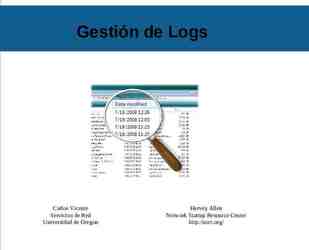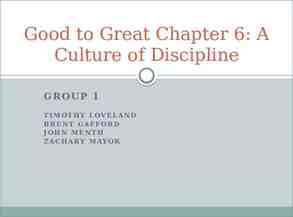Rational Unified Process
14 Slides8.15 MB
Rational Unified Process
Rational Unified Process A process for the effective implementation of key “Best Practices” Manage Requirements Develop Iteratively Model Visually Verify Quality Control Changes Use Component Architectures
Features of the Process Attack risks through progress measured in products - not documentation Continuous integration Frequent releases Continuous user involvement
RUP is an Iterative Approach Requirements Capture Analysis & Design Planning Implementation Initial Planning Management Environment Deployment Evaluation Test
Manage Requirements Elicit, organize, and document required functionality and constraints Track and document tradeoffs and decisions Business requirements are captured and communicated through use cases Use cases are important planning instruments Use-Case Model realization influenced by verifies Design Model Implementation Model Test Model
The Importance of Architecture Design, implement and test your architecture first A systematic approach to define a “good” architecture resilient to change by using well-defined interfaces by using and reverse engineering components derived from top rank use cases intuitively understandable
Model Visually Capture the structure and behavior of architectures and components Show how the elements of the system fit together Maintain consistency between a design and its implementation Promote unambiguous communication Sub Systems Classes Code
Verify Quality Create tests for each key scenario to ensure that all requirements are properly implemented Unacceptable application performance hurts as much as unacceptable reliability Test every iteration - automate test!
Phases in the Process Major Milestones Inception Elaboration Construction Transition time The Rational Unified Process has four phases: – Inception - Define the scope of project – Elaboration - Plan project, specify features, baseline architecture – Construction - Build the product – Transition - Transition the product into end user community
Iterations and Phases Releases Inception Preliminary Iteration Elaboration Architect. Iteration Architect. Iteration Construction Devel. Iteration Devel. Iteration Transition Devel. Iteration Transition Iteration Transition Iteration An iteration is a distinct sequence of activities with an established plan and evaluation criteria, resulting in an executable release (internal or external).
Models and Workflows Business Modeling Business Model Requirements Workflow Analysis Design Workflow realized by Use-Case Model implemented by Design Model Implementation Workflow Test Workflow verified by Implementation Model Test Model
Bringing It All Together. Phases Process Workflows Inception Elaboration Construction Transition Business Modeling Requirements Analysis & Design Implementation Test Deployment Supporting Workflows Configuration Mgmt Management Environment Preliminary Iteration(s) Iter. #1 Iter. #2 Iter. #n Iter. Iter. #n 1 #n 2 Iterations Iter. #m Iter. #m 1
Example Workflow
Architecture: The “4 1 View” Model Logical View Analysts/Designers Structure Implementation View End-user Functionality Programmers Software management Use-Case View Process View System integrators Performance Scalability Throughput Deployment View System engineering System topology Delivery, installation communication


















